From my searches of the web ( as well as this question ), I have found that breadboards - like the one on picture - aren't a good idea when your application involves high frequencies.

I am going to start making simple projects using STM32F407VG microcontroller, that can operate at frequency of 168 MHz. Although pin switching won't take place at this maximum frequency, it will still be very high, in orders of tens of MHz I assume. I have STM32F4 Discovery evaluation board, but will connect external circuitry to it as well.
My questions is : how should I build prototype circuits to avoid problems with parasite capacitance / inductance, if using breadboard is a bad idea ? Thank you.

